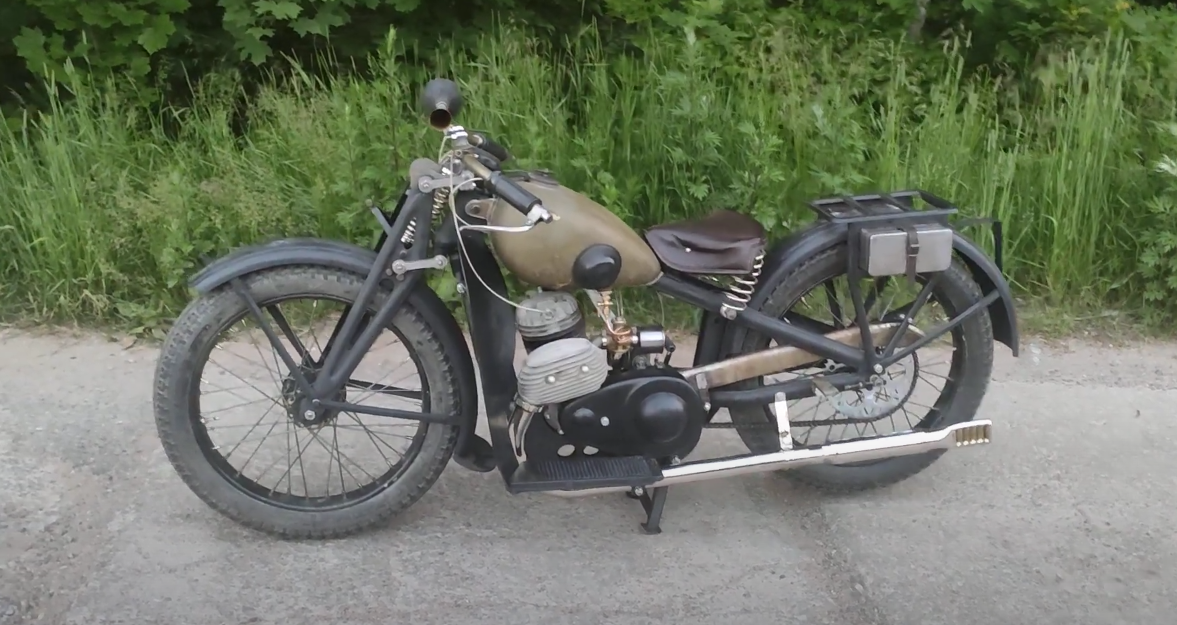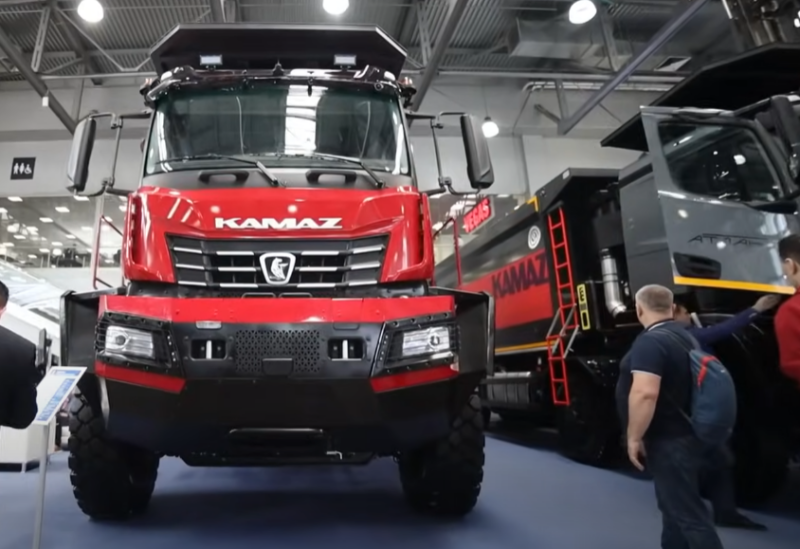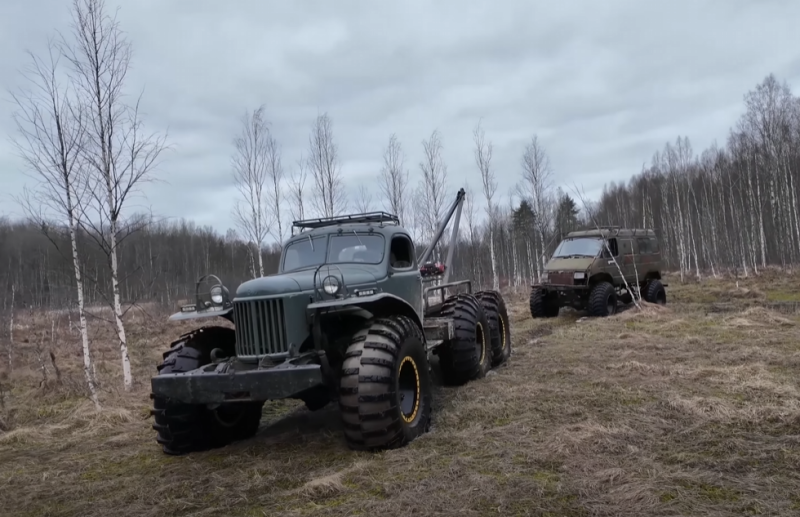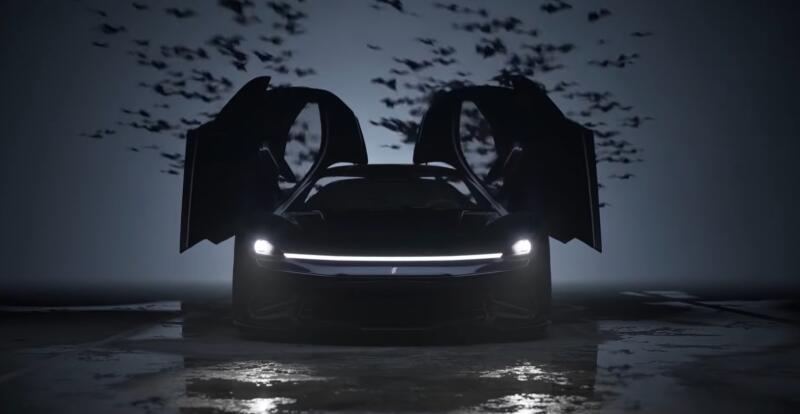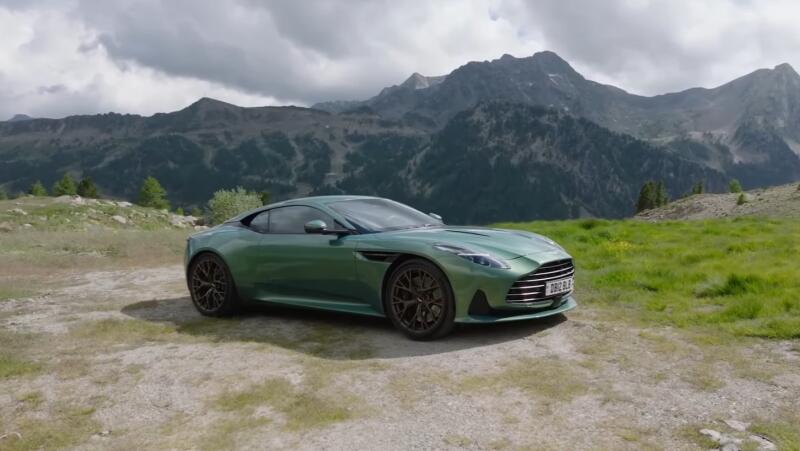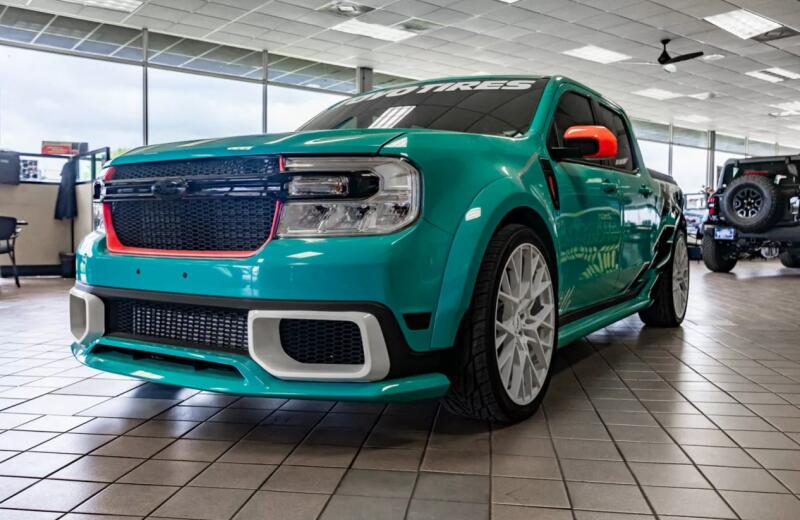If we are talking about the M-72 - the progenitor of the "Dneprov" and "Urals", then this story really takes place. Only the first mass-produced boxer motorcycles appeared in 1941. And before that, the Soviet industry has successfully mastered the production of two-wheeled vehicles.
Of course, we are not talking about hundreds of thousands of motorcycles - in the 1930s, the Soviet Union was just beginning to work in this area. But the L-300 model, which was assembled from 1930 to 1939, can be called large-scale. Over the entire period of production, almost 19 pieces of these motorcycles were assembled.
 Motorcycle L-300 1937 release. Photo: Youtube.com
Motorcycle L-300 1937 release. Photo: Youtube.comThe model can be called the progenitor of the post-war IZH, and there are several reasons for this. Firstly, the L-300 and experimental bikes produced at the Izhevsk Arms Plant were designed by Pyotr Mozharov. That is, he can be called the "father" of the early Soviet motorcycle industry.
Secondly, the L-300 and the post-war IZH-350 were created in the image and likeness of the German DKW. The serial model of the Izhevsk Machine-Building Plant is generally considered a copy of the NZ-350. It was even assembled on German equipment taken out of Germany as reparations.
But it all began in the second half of the 1920s, when there was not a single serial motorcycle in the Soviet Union.
Your models or copies
The USSR at the dawn of its existence tried to go its own way of development. In the mid-1920s, when members of the Supreme Council of the National Economy decided to build several factories for the production of motorcycles, it was planned to start producing original models.
 No dashboard, as well as the devices themselves, is not provided here. Photo: Youtube.com
No dashboard, as well as the devices themselves, is not provided here. Photo: Youtube.comThe idea, of course, is a good one, but the country did not have the material and technical base for this, and there were no specialists either. In the Soviet Union, there was one successful experience in creating their own models - these are five prototypes of IZH by Petr Mozharov and his design team.
The chief engineer had experience - in 1927, together with Adamovich, he went to Germany to study German motorcycles. By the way, such a situation, atypical for the USSR, has developed, one might say, by accident.
The rifle and machine-gun trust recommended starting the production of bicycles in Izhevsk. Having learned about this, Pyotr Mozharov offered to make motorcycles - his personal passion affected. The engineer liked the idea - this is how the era of two-wheeled vehicles with internal combustion engines began in the USSR.
Mozharov and his team, after creating experimental IZH models, were sent to Leningrad to establish mass production of medium motorcycles. Of course, it is a pity to abandon such models as IZH-1/2, which are more like heavy Harleys with 1,2-liter engines. But the decision to launch the simplest motorcycles was made personally by Comrade Stalin - he understood that the country needed inexpensive bikes.
Experienced models and motocross
It was decided to establish the production of the first Soviet serial motorcycle not in Izhevsk - there were other factories in the country that were more suitable for this. The first manufacturer was supposed to be the Leningrad "Promet", which is part of the TREMASS trust.
 The engine developed power from 6 to 6,5 liters. With. depending on modification. Photo: Youtube.com
The engine developed power from 6 to 6,5 liters. With. depending on modification. Photo: Youtube.comHaving chosen the German DKW Luxus 300 as a role model, a group of specialists set to work. Then Mozharov was already working at US, but he oversaw the production of the first Soviet motorcycle and was the chairman of the selection committee.
In October 1930, the Promet plant assembled 25 bikes called TREMASS-300. After testing, Mozharov delivered his verdict - motorcycles need to be improved. We did this at the Krasny Oktyabr plant.
In the summer of 1931, the third All-Union run of Soviet bikes took place in the USSR.
It was attended by:
✅ Three bikes each from Promet and Krasny Oktyabr
✅ Four models of foreign production
✅ Six KhMZ-1M
The length of the route was more than 4,6 thousand km. The motorcycles of the Krasny Oktyabr plant, called the L-300, proved to be the best. The letter in the index meant "Leningrad".
How the model became large-scale
All-Union motorcycle races at that time were supervised by Avtodor - this is the Society for the Promotion of the Development of Motoring and the Improvement of Roads, which existed from 1927 to 1935. It is clear from the name that the members of this venerable organization must be drivers. Only in those years there were practically no cars in the hands of the civilian population.
 They gave out such motorcycles and police. Photo: Youtube.com
They gave out such motorcycles and police. Photo: Youtube.comThe prerequisites for the appearance of the first serial motorcycle interested Avtodor members. The organization entered into an agreement with the Krasny Oktyabr plant for 4 copies of the L-300.
The members of Avtodor were so eager to "get on the wheels" that they even contributed to the issuance of an advance payment of 1 million rubles to the enterprise. It was this financial support that helped to quickly modernize production.
There is no documentary evidence of this, but, most likely, the Krasny Oktyabr plant fulfilled its obligations. Moreover, almost 300 thousand copies of L-19 motorcycles were produced during the years of production.
Career
The model was popularly nicknamed "October". Part of the motorcycles was sent to the Red Army, where such equipment had just begun to be tested. Few of the military then thought that bikes could replace the cavalry. But the L-300 was to the liking of the scouts and signalmen, and some commanders gladly moved to the "iron horse".
The Red Army fell in love with the L-300 for its reliability and lightness. During the fighting against the Japanese in the area of Lake Khasan and the Khalkhin-Gol River, it became clear that the army needed heavy motorcycles with sidecars. Light and medium models were suitable only for reconnaissance and communications.
 What is interesting is the single-seat model. Photo: Youtube.com
What is interesting is the single-seat model. Photo: Youtube.comIn civilian life, the L-300 was used mainly by lower-level executives and enthusiasts. In the Soviet Union, motorsport began to develop rapidly. The conditions were favorable for this - the first serial bike appeared.
For example, on May 3, 1933, the USSR speed record for domestically produced motor vehicles was broken. The winner was the engineer of the plant "Red October" Beckman. On the L-300, he accelerated to 80 km / h, covering a kilometer distance in 45 seconds.
In 1936, a new sports direction appeared - ski jumping on a motorcycle. And again it was the L-300, and without any modifications.
Interestingly, in the second half of the 1930s, when other serial motorcycles appeared, they all participated in competitions. Only IZH-300 could be considered a full-fledged rival of the L-7, but in terms of speed, these two models successfully competed with the heavy TIZ-AM-600 and PMZ A-750.
Technical specifications
The L-300 motorcycle was equipped with a two-stroke engine with a displacement of 293 cm3. The power of early modifications is 6 liters. s, then it was increased to 6,5 liters. With.
The maximum speed of the model, which was proven in competitions, was 80 km / h. The average consumption of gasoline is 4,5 liters. But this is at a cruising speed of 40 km / h. The volume of the gas tank is 14 liters, that is, the average power reserve was about 300 km.
 The klaxon trumpet is especially touching. Photo: Youtube.com
The klaxon trumpet is especially touching. Photo: Youtube.comThe gearbox was a three-speed, it was switched by a manual lever. The motorcycle weighed 125 kg.
The release of the L-300 was discontinued in 1939. On the eve of hostilities, the model was declared unpromising, deciding to throw all its efforts into the mass production of heavy bikes with sidecars.
After the start of World War II, most of the L-300s were sent to the army. There they almost all disappeared.
Now it is difficult to find such a motorcycle, for single copies, sometimes popping up on the market, collectors arrange real battles.
